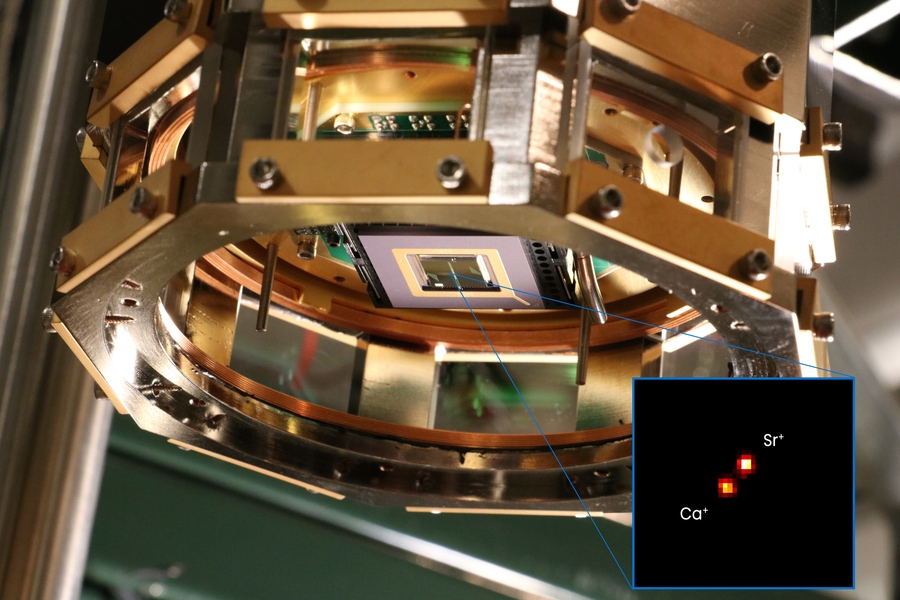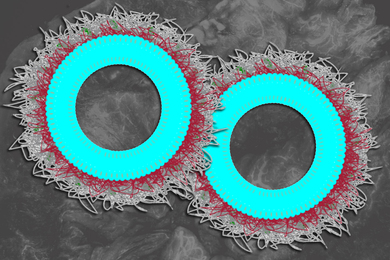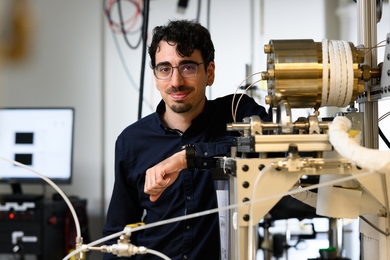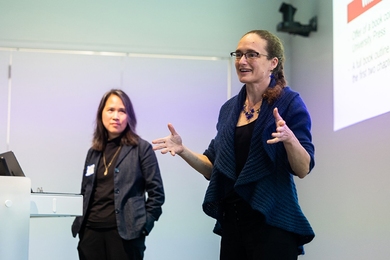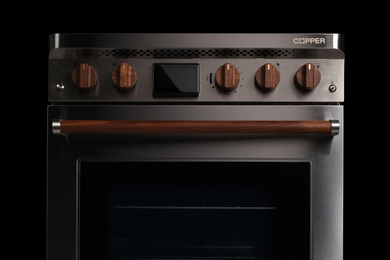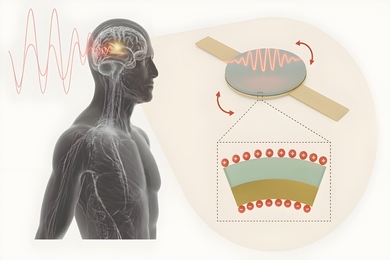Of the many divergent approaches to building a practical quantum computer, one of the most promising paths leads toward ion traps. In these traps, single ions are held still and serve as the basic units of data, or qubits, of the computer. With the help of lasers, these qubits interact with each other to perform logic operations.
Lab experiments with small numbers of trapped ions work well, but a lot of work remains in figuring out the basic parts of a scalable ion-trap quantum computer. What kind of ions should be used? What technologies will be able to control, manipulate, and read out the quantum information stored in those ions?
Toward answering these questions, MIT Lincoln Laboratory researchers have turned to a promising pair: ions of calcium (Ca) and strontium (Sr). In a paper published in npj Quantum Information, the team describes using these ions to perform quantum logic operations and finds them to be favorable for multiple quantum computing architectures. Among their advantages, these ions can be manipulated by using visible and infrared light, as opposed to ultraviolet, which is needed by many types of ions being used in experiments. Unlike for ultraviolet light, technology that would be able to deliver visible and infrared light to a large array of trapped ions already exists.
“What kind of quantum information processing architecture is feasible for trapped ions? If it turns out it will be much more difficult to use a certain ion species, it would be important to know early on, before you head far down that path,” says John Chiaverini, senior staff in the Quantum Information and Integrated Nanosystems Group. “We believe we won't have to invent a whole new engineered system, and not solve a whole new group of problems, using these ion species.”
Cold and calculating
To trap ions, scientists start with a steel vacuum chamber, housing electrodes on a chip that is chilled to nearly 450 degrees below zero Fahrenheit. Ca and Sr atoms stream into the chamber. Multiple lasers knock electrons from the atoms, turning the Ca and Sr atoms into ions. The electrodes generate electric fields that catch the ions and hold them 50 micrometers above the surface of the chip. Other lasers cool the ions, maintaining them in the trap.
Then, the ions are brought together to form a Ca+/Sr+ crystal. Each type of ion plays a unique role in this partnership. The Sr ion houses the qubit for computation. To solve a problem, a quantum computer wants to know the energy level, or quantum state, of an ion's outermost electron. The electron could be in its lowest energy level or ground state (denoted |1⟩), some higher energy level or excited state (denoted |0), or both states at once. This strange ability to be in multiple states simultaneously is called superposition, and it is what gives quantum computers the power to try out many possible solutions to a problem at once.
But superposition is hard to maintain. Once a qubit is observed — for example, by using laser light to see what energy level its electron is in — it collapses into either a 1 or 0. To make a practical quantum computer, scientists need to devise ways of measuring the states of only a subset of the computer's qubits while not disturbing the entire system.
This need brings us back to the role of the Ca ion — the helper qubit. With a similar mass to the Sr ion, it takes away extra energy from the Sr ion to keep it cool and help it maintain its quantum properties. Laser pulses then nudge the two ions into entanglement, forming a gate through which the Sr ion can transfer its quantum information to the Ca ion.
“When two qubits are entangled, their states are dependent on each other. They are so-called 'spookily correlated,'” Chiaverini said. This correlation means that reading out the state of one qubit tells you the state of the other. To read out this state, the scientists interrogate the Ca ion with a laser at a wavelength that only the Ca ion's electron will interact with, leaving the Sr ion unaffected. If the electron is in the ground state it will emit photons, which are collected by detectors. The ion will remain dark if in an excited metastable state.
“What's nice about using this helper ion for reading out is that we can use wavelengths that don't impact the computational ions around it; the quantum information stays healthy. So, the helper ion does dual duty; it removes thermal energy from the Sr ion and has low crosstalk when I want to read out just that one qubit,” says Colin Bruzewicz, who built the system and led the experimentation.
The fidelity of the Ca+/Sr+ entanglement in their experiment was 94 percent. Fidelity is the probability that the gate between the two qubits produced the quantum state it was expected to — that the entanglement worked. This system's fidelity is high enough to demonstrate the basic quantum logic functionality, but not yet high enough for a fully error-corrected quantum computer. The team also entangled ions in different configurations, such as the two ions on the ends of a Sr+/Ca+/Sr+ string, with similar fidelity.
A wavelength match
Currently, the ion-trap setup is large and choreographs the use of 12 different-colored lasers. These lasers stream through windows in the cryogenic chamber and are aimed to hit the ions. A practical quantum computer — one that can solve problems better than a classical computer — will need an array of thousands or even millions of ions. In that scenario, it would be practically impossible to hit precisely the right ions while not disturbing the quantum states in neighboring ions. Lincoln Laboratory researchers have been working for the past several years on a way deliver the lasers up through “gratings” in the chip the ions hover above. This integrated-photonic chip both simplifies the setup and ensures that the right laser hits the intended target. Last year, the team achieved the first-ever successful demonstration of a low-loss, integrated photonics platform with light delivery ranging from the visible to the infrared spectrum.
Conveniently, the wavelengths required for cooling Ca and Sr ions, entangling them, and reading them out all fall within this same spectrum. This overlap simplifies the system's laser requirements, unlike other pairings of ions that each require widely different wavelengths. “These ions lend themselves to being used with integrated photonics. They're a wavelength match. It makes engineering sense to use them,” Bruzewicz says.
In addition, many types of trapped ions that quantum scientists are exploring need ultraviolet light for excitation. But ultraviolet light can be difficult to work with. Waveguides and other photonic devices that carry the light to the ions tend to lose some of the light on the way. Delivering ultraviolet light to large-scale trapped-ion systems would require a lot more power, or the engineering of new materials that experience less loss.
“It's much simpler working with this light than the ultraviolet, especially when you start to put a lot of these ions together. But that's the challenge — no one actually knows what kind of architecture will enable quantum computation that’s helpful. The jury is still out,” Chiaverini reflects. “In this instance, we are thinking about what might be most advantageous to scaling up a system. These ions are very amenable to that.”
